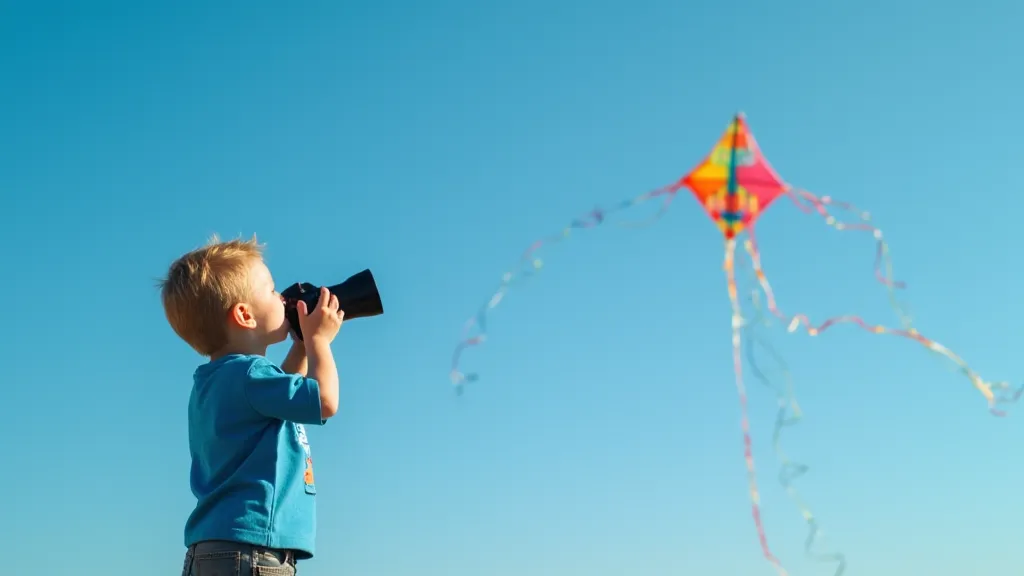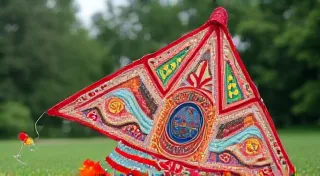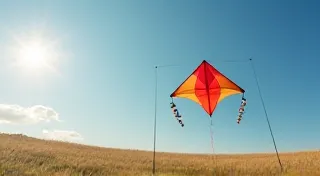Kite Flying with Kids: Fun Activities and Educational Benefits
Kite flying – a simple pleasure that transcends generations. While often associated with nostalgia, it's also an incredibly rewarding and enriching activity to share with children. More than just a fun pastime, kite flying provides a wonderful opportunity for family bonding and offers a surprising number of educational benefits. This article explores the joys of kite flying with kids, offering fun activities and highlighting why it’s a fantastic pastime to embrace.
Why Kite Flying is Perfect for Kids
In a world dominated by screens and structured activities, kite flying offers a refreshing escape. It's a chance to connect with nature, enjoy fresh air, and engage in a tactile, creative experience. Here's why it's so well-suited for children:
- Simple & Accessible: It requires minimal equipment and can be enjoyed almost anywhere with enough space and wind.
- Encourages Outdoor Play: It gets kids away from screens and promotes physical activity.
- Promotes Creativity: From designing their own kites to decorating them, kids can express their creativity.
- Teaches Patience & Persistence: Getting a kite to fly sometimes requires adjustments and perseverance, valuable lessons for children.
Fun Kite Flying Activities for Kids
Beyond the basic act of sending a kite into the air, there are tons of fun activities you can incorporate to make kite flying even more engaging for kids.
1. Kite Design & Decoration
Before even launching a kite, involve your child in the design process! This can be as simple as decorating a pre-made kite with markers, paint, or stickers. Or, for older children, building a simple kite from scratch can be a rewarding project. There are countless easy-to-follow tutorials online.

2. Kite Flying Challenges
Introduce some friendly competition and make flying even more fun!
- Highest Flyer: See who can get their kite to fly the highest.
- Longest Flight: Challenge each other to keep the kite in the air for the longest duration.
- Shape Competition: If you're building kites, have a competition for the most creative or unusual shape.

3. Kite Photography
Encourage your child to capture the beauty of kite flying through photography. They can experiment with different angles, lighting, and compositions. This activity combines the joy of kite flying with the creative outlet of photography.

4. Nature Observation
Use kite flying as an opportunity to appreciate the environment. Encourage your child to observe the wind, clouds, birds, and plants. Discuss how these elements interact and contribute to the kite’s flight.

Educational Benefits of Kite Flying
While fun is the primary goal, kite flying also offers valuable educational benefits for children.
- Science Concepts: Introduces basic principles of aerodynamics, wind, lift, and gravity.
- Math Skills: Building kites involves measurement, geometry, and ratios.
- Problem-Solving: Adjusting the kite’s bridle or tail to improve its flight encourages problem-solving skills.
- Fine Motor Skills: Building and decorating kites improves hand-eye coordination and fine motor skills.
- Patience and Persistence: Learning to fly a kite often requires adjustments and attempts, fostering patience and perseverance.
Safety Tips for Kite Flying with Kids
To ensure a safe and enjoyable experience, keep these safety tips in mind:
- Choose a Safe Location: Fly kites in open areas away from power lines, roads, and airports.
- Be Aware of Wind Conditions: Avoid flying kites in strong winds.
- Supervise Children: Always supervise children when they are flying kites.
- Use Appropriate String: Use strong kite string that is easy to handle.
- Be Mindful of Others: Be aware of your surroundings and avoid flying kites near other people.
Kite flying with kids is more than just a pastime; it's a chance to create lasting memories, foster creativity, and introduce valuable lessons in a fun and engaging way. So, get outside, grab a kite, and enjoy the simple joy of flight!





